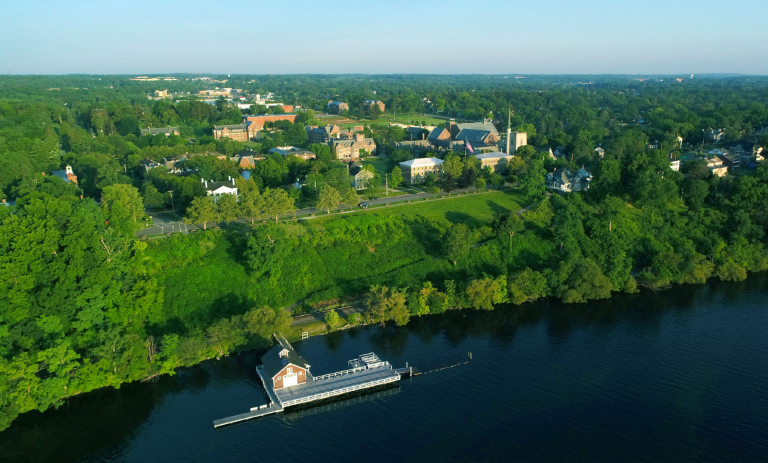
Castle Creek
Castle Creek, Geneva’s urban stream, flows through agricultural land (upstream) and then into the City of Geneva, passing through suburban and urban landcover (downstream) before emptying into Seneca Lake, the drinking water source for Geneva and over 70,000 watershed residents. The stream channel is generally incised, and is dotted with storm sewer and basement sump pump drainage pipes as it winds through suburban Geneva. The creek runs completely underground for approximately 1,716 ft. (in five sections) under the City of Geneva before re-emerging and emptying into Seneca Lake. Historically, Castle Creek was the sanitary sewer for Geneva (prior to 1935) and has been at the center of urbanization and industrial manufacturing activities for the last century. During rain events, stream flow significantly increases, leading to stream bank erosion and decreases in water quality. Research conducted by FLI scientists since 2010 indicates that nutrient loadings are a water quality concern and benthic macroinvertebrate communities show signs of impact in the urban stream sites (Halfman, 2011). In hopes of creating ownership and a sense of identity with the often neglected and overlooked channelized Castle Creek, this FLI program emphasizes the importance of water pollution prevention for the good of the public, environment, and economy. Public outreach, service learning and environmental stewardship projects offered by the FLI, such as the Going with the Flow window display, creek cleanups and storm drain labeling, have drawn attention to the connectivity between potential pollution, precipitation, runoff, drainage, and drinking water source.
